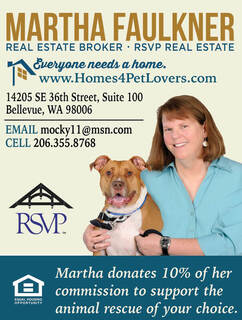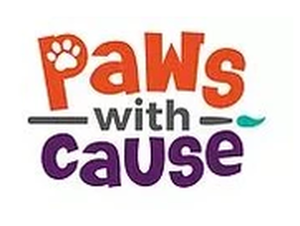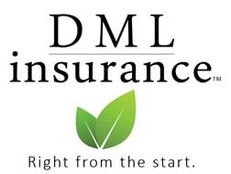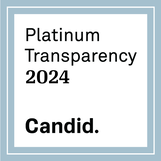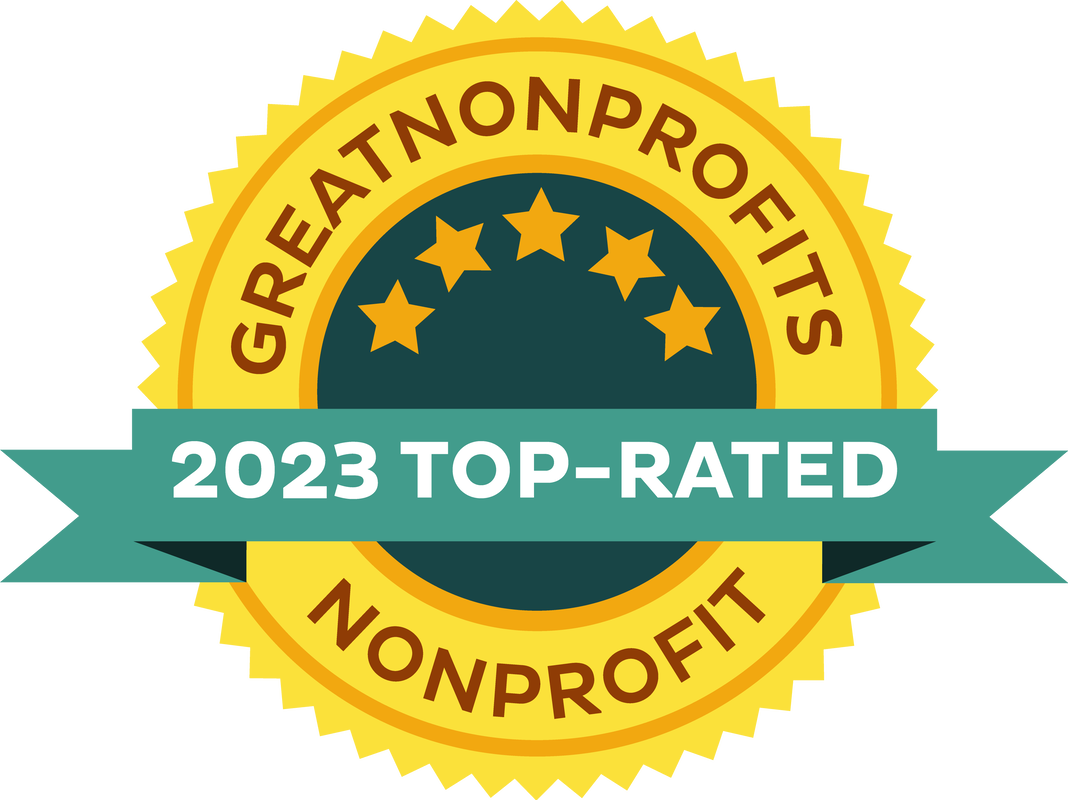 Are you one of the many pet parents who is trying to decide whether or not to switch from a grain free diet based on a recent FDA study? From Pawsitive Alliance Board member, Tammy Halstead: I’m a pet parent that switched to grain free for my pugs, and saw a remarkable improvement in their skin allergies. Then on June 27th the FDA released a status report on their investigation into the potential connection between certain diets and pet foods many labeled as "grain-free," which contained a high proportion of peas, lentils, other legume seeds, and/or potatoes as main ingredients, and cases of canine heart disease. I want to make the right decisions for my best friends, so does this mean I should stop feeding grain free? The following information has been provided by our friends at Petcurean: As per the FDA’s release, it’s important to note that the FDA does not yet know how certain diets may be associated with dilated cardiomyopathy (DCM) in some dogs. Here are a few key points outlined in the FDA’s latest update:
We all need to do our homework and understand the nutritional needs of our own dogs. To help you we have provided a link to the FDA Q&A as well as a blog from the Nutrition Team at Petcurean which is regularly updated as new information from the FDA studies is received. · FDA Q&A https://www.fda.gov/animal-veterinary/animal-health-literacy/questions-answers-fda-center-veterinary-medicines-investigation-possible-connection-between-diet-and · Petcurean DCM Update: ,https://www.petcurean.com/blog/diet-and-dilated-cardiomyopathy-dcm-in-dogs/
2 Comments
Imagine an area the size of Connecticut with no humane societies and where 95% of animals have never had a vaccination or been spayed or neutered. It sounds like the rural South or another country where animals are not valued, but that is not the case—it’s the Okanogan area in Washington State.
Tom Short with Okan Dogs is one of the few trying to help the homeless pets in this area. In three years, he has helped over 3000 dogs, about 2/3 of which are puppies. He is the one who gets the call when dogs are sick, injured or threatened with harm because they are a nuisance. Okan Dogs sees a mix of breeds with about 10% bully mixes and the rest largely heelers, cattle dogs, and dingo mixes. The bully breeds are the hardest to place and where Tom sees the biggest need. Working with a local benefactor, Okan Dogs has started Danny’s Fund where he can get these bully breeds spayed and neutered for free. Okan Dogs will also work with individuals to get moms spayed after a litter through the Mom’s Last Litter Program. However, all this work must be done through local veterinarians as there are no low cost spay/neuter clinics in the entire area. A partnering group, Okan Snip has been working to get a clinic in the area and offering some help to low income residents. But, the need is great. Tom says that occasionally a spay/neuter clinic sets up on tribal land and there is a willingness to get those services. However, these are just not enough to make a difference in the numbers of dogs and cats in the area. Even with taking in almost 700 animals last year, Tom helps them all find homes. He has been lucky in the past to work with rescue partners in Western Washington and Northern Oregon. Lately, his rescue partners have been dropping out. However, the need for help continues to grow. Pawsitive Alliance recognizes the need to help the animals across Washington state and wants to help Tom reconnect with rescue groups and shelters that would be willing to accept transferred animals. Tom is willing and able to make the trip across the pass in his AWD van to meet rescue groups in North Bend, even during the winter months. Although he can’t guarantee what breed of dogs he can bring or whether he can bring puppies, Tom is willing to make the commitment to make sure “his” dogs find great homes. Sometimes it takes an army and only by working together will we be able to truly make a difference for all dogs and cats in Washington State. If your group is interested in working with Tom, please let Pawsitive Alliance know (email us at [email protected]), as we would love to help connect you. 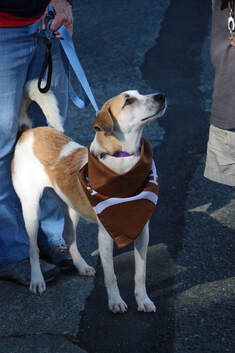 Is there anything more heart-wrenching than leaving your dog behind while you go away on vacation? Instead of feeling guilty over your pooch’s anxious whines and puppy dog eyes, invite your pet to tag along on your next trip! Traveling with dogs can be a great experience, and when done correctly, it’s even cheaper than hiring a pet sitter. Here’s what you need to know about staying safe and saving money while traveling with your dog. Getting There Plane, train, or automobile? Driving is without a doubt the cheapest option for dog owners, as well as the most convenient. On a road trip, you can stop for bathroom breaks whenever you need, and you won’t be separated from your pet. Most airlines charge around $100 one-way for pets and require a veterinary exam. Since only small dogs are permitted to travel in the cabin, large dogs have to travel in cargo, where they’re separated from their owners. Cargo travel is also more expensive — around $200 one-way. Cargo travel may not be acceptable based on outside temperatures and breed of dog. Consider carefully before having your dog travel in cargo. Also, research the airline to find out what considerations they provide for pets travelling in cargo. Train travel may be a happy medium for dog owners who prefer not to drive. Amtrak accepts small dogs up to 20 pounds for $26 one-way. However, like airlines, Amtrak has specific requirements for pet carriers so be sure yours meets the criteria. Choosing a Dog-Friendly Destination The destination has a big impact on your vacation’s price tag. For an affordable vacation, look for destinations with dog-friendly outdoor activities like hiking trails and dog-friendly beaches. Serious outdoor lovers can take it a step further and camp for cheap or free lodging. If camping isn’t your style, look into cabin rentals at state parks. In many smaller state parks, you can rent a pet-friendly rustic cabin for around $60 or less per night. Not the outdoorsy type? Don’t worry. An urban vacation can be just as pet-friendly as a backcountry one. Look for cities known for their dog-lovers — you’ll be more likely to find bars and restaurants that welcome pets, a big convenience when you’re on the go with your dog. Dog Safety While Traveling Keeping your pet safe while traveling requires more precaution than at home. You’ll need to buy new gear to keep your dog safe everywhere you go, but you don’t have to go broke doing it. When shopping for pet travel essentials, look for coupon codes that you can enter at checkout for savings. For example, you can locate an eBay coupon today and have it ready to go whenever you find the gear and supplies you need to get started. Below are a few of the essentials you should keep in mind:
Owners should also carry their dog’s veterinary records while traveling. This leads to quicker treatment in an emergency and prevents unnecessary (and expensive!) testing. While getting records from your veterinarian, check that your dog’s microchip is registered using your current address and phone number. Traveling with your pooch may cost a little more than jet-setting solo, but at the end of the day, you’ll have more fun and pay less than if you’d hired a pet sitter. While traveling with your dog averages $103 in extra costs per trip, pet sitting can run $75 or more a night. Now that’s a great excuse to bring your four-legged friend along! |
THANK YOU TO OUR AMAZING ORGANIZATION SPONSORS
Pawsitive Alliance is a 501(c)(3) nonprofit organization that increases cat and dog adoptions, spay & neuter, and pet retention efforts across Washington State because we believe they all deserve a chance at a healthy and happy life.
|
Copyright © 2020 All Rights Reserved. Pawsitive Alliance
|

 RSS Feed
RSS Feed
